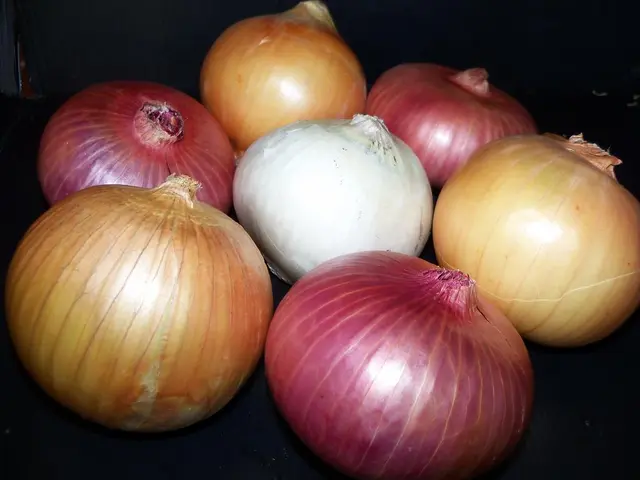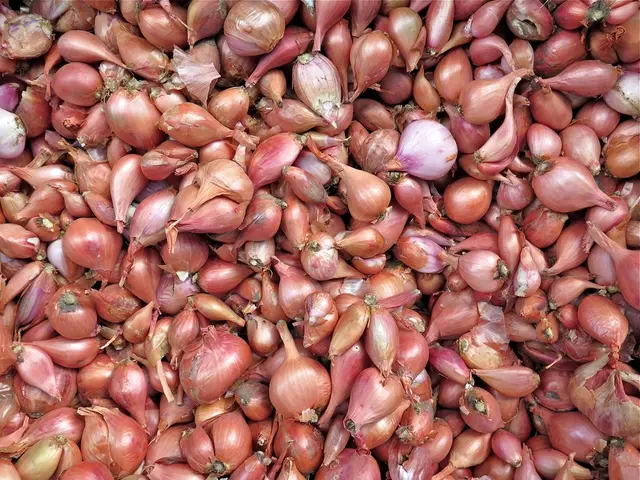Eliminating Spider Mites: A Persistent Problem for Indoor Plants
Tackling Those Creepy Crawlies: A Comprehensive Guide to Fighting Spider Mites
Hey there, gardening enthusiasts! Spider mites, those minuscule, eight-legged pests, can wreak havoc on your beloved houseplants. Luckily, our experts are here to help you identify, eradicate, and prevent these unwanted guests. Meet Josh Brown, the mastermind behind Predatory Plants, and Melinda Myers, an expert gardener, author, and host of the Great Courses How to Grow Anything DVD series. Let's dive in!
Why Are Spider Mites So Common?
"Spider mites are one of the most common-and equally frustrating-pests of plants, both indoors and out," says Josh Brown. These buggers enjoy the warm, low-humidity environment found in most homes, particularly targeting stressed plants, such as tropical indoor varieties.
Understanding Spider Mites and Their Counterparts
While spider mites are the most prevalent offenders, other mite species might occasionally infest houseplants. Melinda Myers points out that cyclamen and broad mites are smaller and don't create webs like their spider mite counterparts. Predatory mites, which feed on spider mites, may also appear on your plants. If you spot moving mites with the naked eye, chances are, they're the helpful predator variety.
Identifying Spider Mite Infestations
Spider mites employ needle-like mouthparts to pierce leaves and suck out plant juices, leaving characteristic stippling or white spots on the leaf tissue. In severe cases, the leaves may curl inward and be coated in a messy web.
To confirm an infestation, grab a magnifying glass and hold a piece of white paper underneath a leaf. Shake the leaf and look for specks to move across the paper. You may also feel the gritty texture of their droppings or cast exoskeletons on the leaves.
Combating Spider Mites
No need to fret if your plant has fallen victim to spider mites. Here's how to say goodbye to those pests:
- Soapy Water: Mix a tiny amount of dish soap with water and wipe down the leaves, stems, and undersides of the leaves. Rinse off the soap residue from the plants and soil once you're done.
- Horticulture Oils: Organic options like neem oil kill all stages of mites on contact. Apply the oil to the upper and lower leaf surfaces and stems of the infected plant. Repeat applications may be necessary due to the oil's contact-killing nature.
- Water Spray: A strong blast of water will help dislodge many of the mites, but regular application is key to full eradication.
- Predator Introductions: If possible, move your plant outdoors to let nature take its course. Ladybugs and other beneficial bugs will help control the mite population.
Preventing Spider Mites
Prevention is, as always, better than cure. Here's how to keep your plants spider mite-free:
- Isolate New Purchases: Place new plants in quarantine for several weeks before integrating them with your other houseplants.
- Clean the Leaves: Use a damp cloth to wipe down smooth-leaved plants and a makeup brush for fuzzy-leaved plants. This not only removes dust but may eliminate any mites already present.
- Reduce Plant Stress: Ensure your plants receive sufficient moisture and sunlight to promote a healthy environment.
- Increase Humidity: Group plants together to foster a more humid microenvironment and set plants on saucers filled with water (making sure the plants are elevated above the water) to increase humidity levels around the plants.
Frequently Asked Questions
- How can I get rid of spider mites in the soil?: Apply neem oil to the soil to eliminate spider mites.
- Can I reuse soil that was treated for spider mites?: Yes, you can reuse treated soil.
- Are there plants that resist spider mites?: Consider purchasing spider mite-resistant plants like snake plants or ZZ plants.
By implementing these methods, you can effectively manage and eliminate spider mite infestations, ensuring healthy and vibrant houseplants!
Incorporating certain elements into one's container garden could help deter spider mites, making houseplants less attractive to these pests. For instance, Martha Stewart, a renowned lifestyle and home-and-garden expert, suggests planting spider mite-resistant species like snake plants or ZZ plants in the container garden.
In addition to the tips given for fighting spider mites on individual plants, implementing preventative measures can help maintain a spider mite-free container garden lifestyle. This may include elevating plants on saucers filled with water to increase humidity around the plants, just as advised for houseplants.
Furthermore, aspirant container gardeners could delve into inspirational ideas, such as Martha Stewart's container garden ideas, to not only ensure a spider mite-free environment but also create visually appealing and thriving container gardens.








